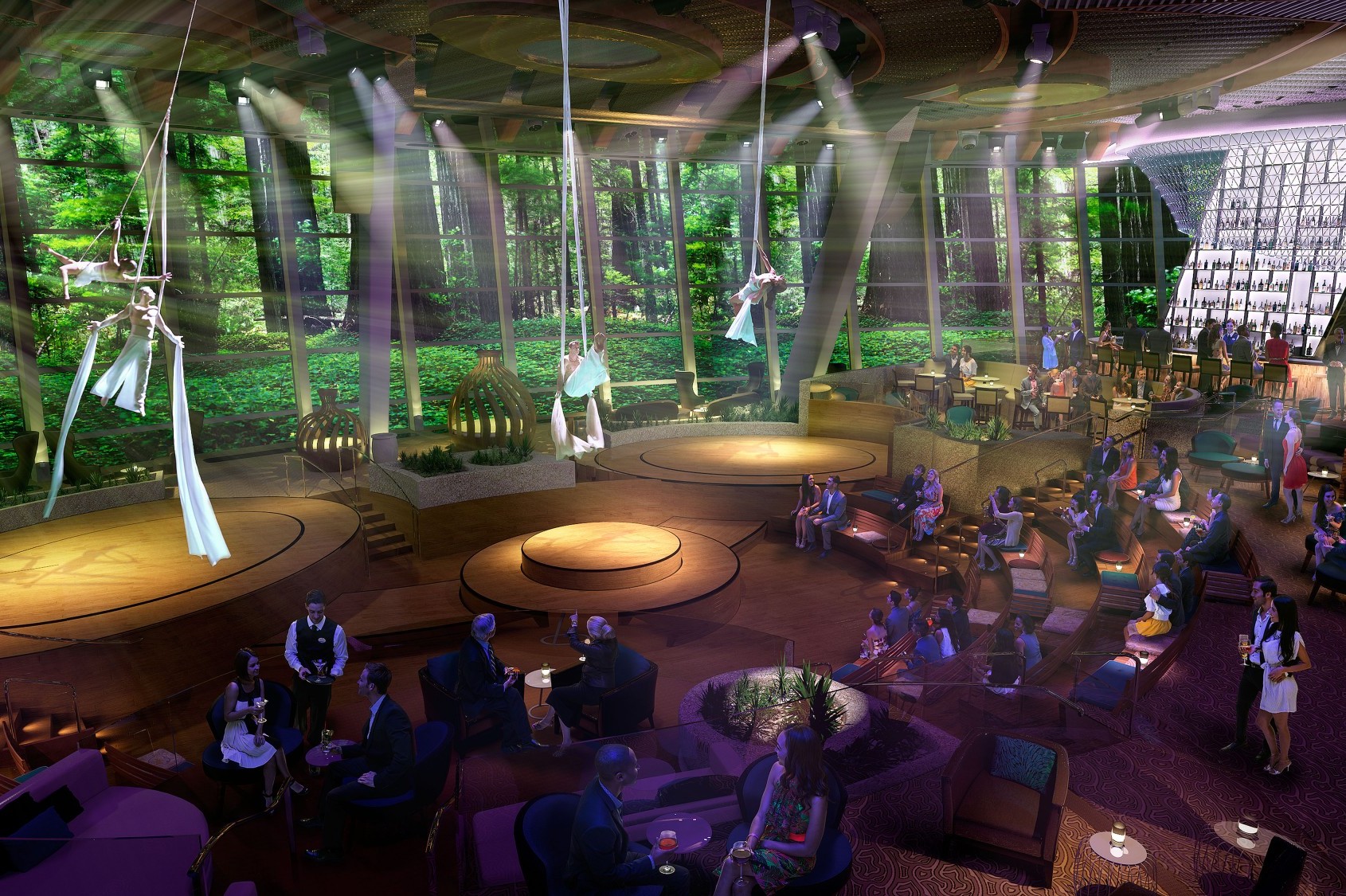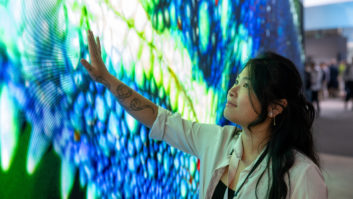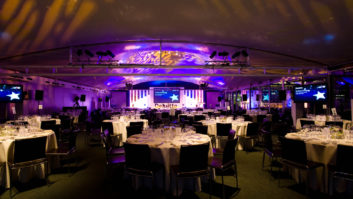
How do operators ensure the highest levels of audiovisual quality and operation throughout long excursions, many miles from the vessel’s home port? Steve Montgomery investigates.
One of the toughest working environments for professional audiovisual and lighting equipment is that of the leisure cruise liner. Equipment is operated 365 days per year, frequently moved and reinstalled, and subject to heavy and continuous vibrations. Power supplies are often highly unstable, deliver large surges and voltage spikes, and the equipment is bathed in high levels of electromagnetic interference from powerful radio and radar equipment. Access is limited and the ability to call in replacement units or specialist help is not an option for the technical teams charged with ensuring continuous, near-perfect operation at sea.
In the competitive cruise market, quality of facilities and entertainment is important. Vessels return to port for extended refits on a regular basis. “It varies between operators and owners, but a cruise ship will generally go into dry dock every three years or so for a couple of weeks for below-the-waterline maintenance; cleaning and repainting the hull and so on, and for a more extended refit every six to seven years,” explains Alan Edwards of Nautilus Entertainment Designs. “During these periods, electrical equipment, including the audiovisual and lighting, will be overhauled and replaced throughout the ship.”
Despite an expected lifetime of around 10 years, most equipment is replaced more frequently, as maintenance schedules allow, although this depends to some extent on individual priority. A ship’s schedule will be known well in advance. “We will plan a major refit six to 12 months ahead of time and prepare well before the vessel arrives,” says Jouni Sironen, AV manager, Viking Line. “The refit period is extremely busy: there may be a dozen AV technical specialists in 10 or 11 locations and 50 other trades elsewhere; detailed planning is essential.”
Energy saving
Several factors affect the upgrade criteria for AV and lighting technology. ”Stringent new emission regulations have influenced a change from crude oil to diesel fuel which is far more expensive so power efficiency and weight saving is more important now, hence the move to more controllable, functional LED lighting that doesn’t need to be warmed up before use and to systems that can be partly or fully shut down when not needed.”
New technologies contribute to power saving. ”LED matrix displays are being installed widely as theatre backdrops to remove the need for heavy, individual wooden sets that are time-consuming to change,” points out Edwards: “This trend has been happening over the last four years or so, but it will take another six or seven years to upgrade the whole fleet, by which time another technology is likely to appear and the whole process will start again.”
One of these likely new technologies is projection mapping, anticipated with relish by Gee Edwards, project manager at TED AV: “It will enable virtual sets with even less physical structure and more weight saving.” With space at a premium, “advancements in audio digital signal processing have greatly reduced the need for large racks full of separate processing devices”, points out Tripp Matthews, advanced application engineer for QSC Audio Products.
During a voyage all equipment is supported by a small team of technicians who need to be conversant with an extremely wide range of kit. Robust, reliable operation is a major consideration in the selection of equipment and many technical teams will align with preferred vendors and product ranges across the whole fleet, creating the advantage of familiarity and commonality of support.
Preventative maintenance is carried out continuously, but despite this, the lifetime of AV equipment, particularly hard-disk-based computer control equipment and lighting luminaires, is considerably shorter than their land-based counterparts, sometimes by as much as a half. Edwards: “Individual lights are stripped down and cleaned regularly; at least every three months. The nature of ship air conditioning causes extensive levels of dust to be built up inside the units, at a far greater level than land-based theatres and continual vibration shakes the insides loose. Focus, in particular, is affected and needs to be reset regularly. Lamp lifetimes are shortened considerably although greater availability of LED luminaires has helped considerably.”







